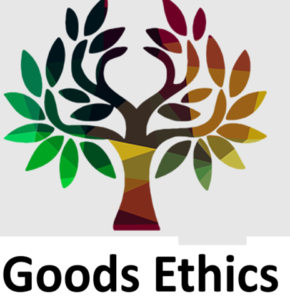Business Ethics: Are they Important? Leading business schools and management experts have stressed the importance of business ethics in the management. They have stressed the risks associated with...
Category: Business
Culture Management Essentials Technology organizations rarely fail because of their technology. Marketing organizations rarely fail because of their marketing. Manufacturing organizations rarely...
What is Operating Culture? Operating Culture has been cited by numerous quality and change management experts as the leading constraint in organizational performance. Operating Culture has been...
Total Quality Management The Right Stuff: What it takes to champion quality improvement initiatives. All organizational improvement programs have one thing in common: their success depends on the...
Six-Sigma Management TQ (Technical Quality) x C (Cultural Acceptance) = A (Achievement) If you are going to do Six-Sigma, do not forget to champion the culture too. Here are six facts you...
Culture Management Personal ethics and group ethics follow the same ethical principles, however they differ in their processes and effects. These differences represent the cultural effects which...
